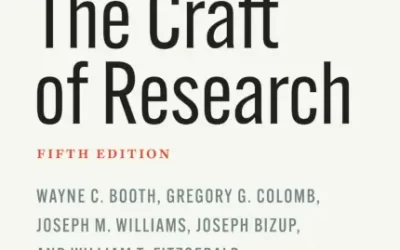
Each year, Altmetric, the organization that tracks the online attention published research receives, compiles the Altmetric Top 100, a list of the most-discussed scholarly contributions of the year. Analysis of the Altmetric Top 100 can provide insight into the sizes of research teams, the balance of genders in different fields of research, and even gender balance in the distribution of research grants.
Dr. Suze Kundu is Head of Public Engagement at Digital Science, a tech company that is a supporter of Altmetric and works to make research more collaborative, inclusive, and efficient. She recently presented on the gender split of publications featured in the Altmetric Top 100. As a way to examine trends in gender balance, Altmetric was able to compare data gathered in 2018 and 2019.
To determine the gender of researchers, data scientists at Altmetric used a gender guessing tool that was applied to the first names of all authors on the papers in the Altmetric Top 100. Both 2018 and 2019 showed promising trends. In 2018, there was a higher percentage of women in the Altmetric Top 100 than in overall research, meaning that published research by women was by and large more impactful. In 2018, the gender guessing tool revealed that 31.6% of the authors were women, a number that increased to 36.1% in 2019. What factors caused an increase in female authorship have yet to be definitively determined, but possibilities include that women worked harder to publish research, participated more in public communication of science, and/or that initiatives to improve equality, diversity, and inclusion are shrinking the gender gap.
Altmetric’s findings also showed a decline from 2018 to 2019 in research led by women, all-female research teams, and first authorship of women, but there was a slight increase in teams that were a majority women. A shift in the type of research being conducted between 2018 and 2019 could have affected the composition of research teams. Digital Science has published findings showing that science, technology, engineering, and mathematics research has more of a gender imbalance than arts and humanities research, but that the life sciences are predominantly better balanced in terms of gender when compared to areas such as engineering and physical sciences. A recent article published in PNAS provides comparisons of gender inequality in scientific careers since 1955, showing persistent notable imbalances in descending order in the areas of math, physics, computer science, engineering, chemistry, health science, political science, and psychology.
In 2019, Digital Science released a study on gender representation across all fields of research in UK institutions. Using an interactive gender representation tool, they found that the number of grants awarded to male researchers was much higher than those awarded to female researchers. Additionally, male researchers were awarded larger grants. A 2019 study published in JAMA showed analogous results based on NIH funding in the US. First-time male grant awardees were awarded larger grants among certain grant types.
Altmetric and Digital Science have expressed the need for further research to understand how an increase in women authors corresponds with overall research demographics. Continued studies are also needed to gain insights into different cultures within research. Eventually, the collection and refinement of data may bring an understanding of how to address gender inequality.
Currently, some areas of research, such as computer science, are choosing to mitigate the gender imbalance of published research by listing authors alphabetically, so that everyone can get equal credit. Some journal publishers have started on the path to addressing gender imbalance by first admitting that gender bias exists at their journal. Initiatives implemented by journals to address gender balance include discussion of gender balance at conferences organized by journal publishers, increasing the number of female speakers at conferences, addressing gender balance on editorial boards, and seeking out a diverse pool of peer reviewers.
It will be interesting to see the results of the 2021 Altmetric Top 100 since researchers and the media have begun releasing information showing that female experts are not well represented in COVID-19 coverage.
What has your experience been of representation in scholarly publishing? Share your thoughts in the comments below.




